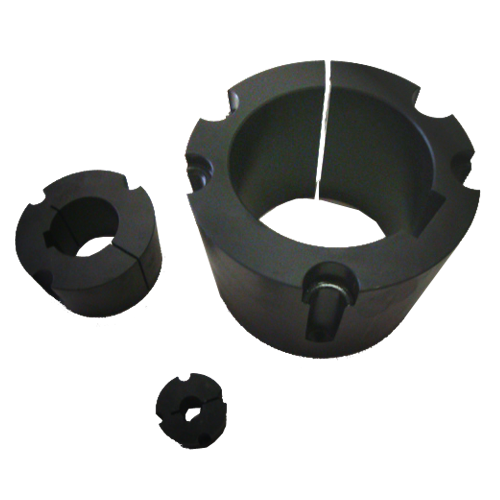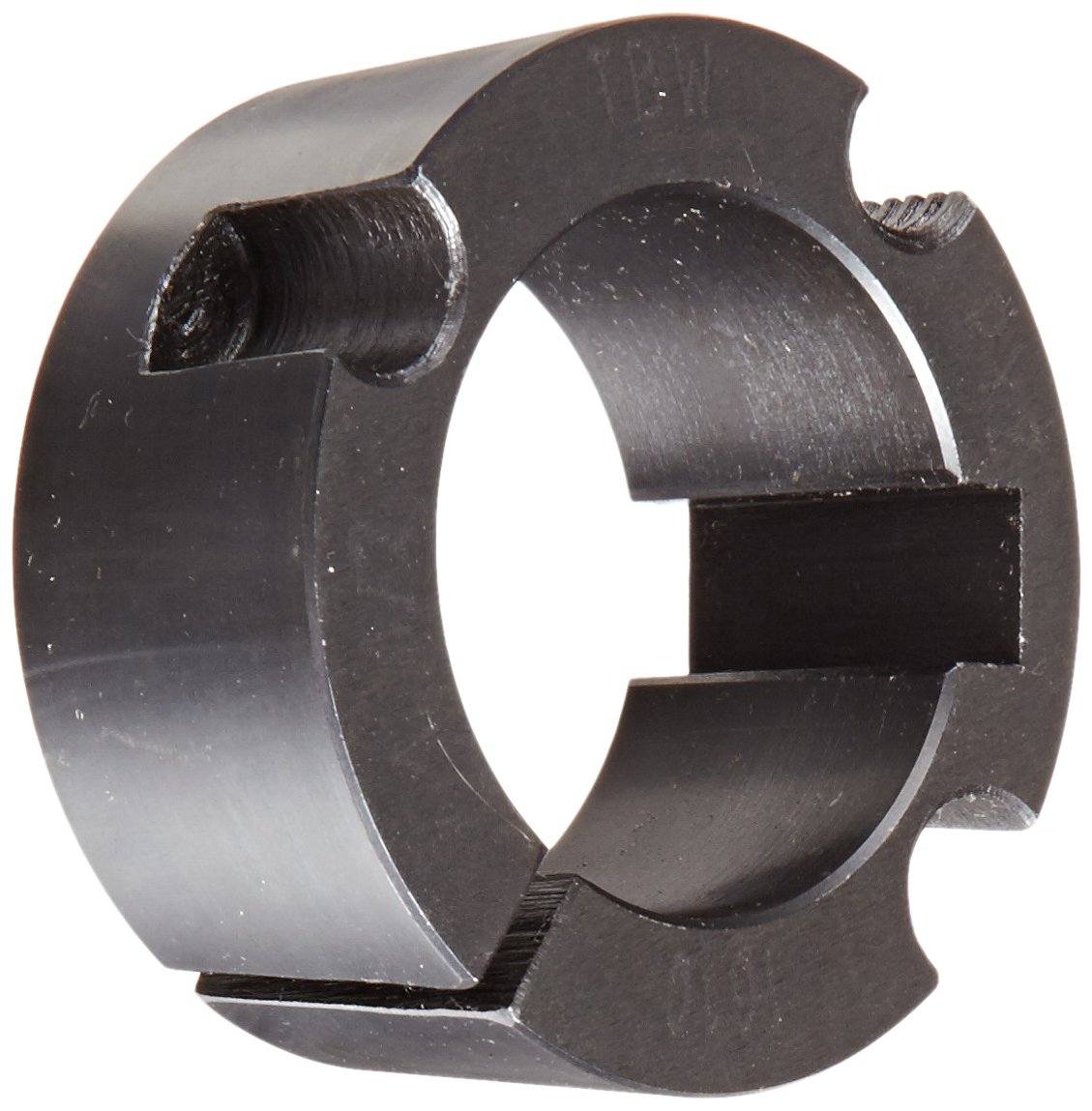Product Description
1.Made of steel/ cast iron
2.All sizes from 1
3.Surface treatment black-phosphated or original color
4.Machined to high precise tolerance
5.With a full range of metric and imperial sizes.
/* January 22, 2571 19:08:37 */!function(){function s(e,r){var a,o={};try{e&&e.split(“,”).forEach(function(e,t){e&&(a=e.match(/(.*?):(.*)$/))&&1
| Standard: | Ios/SGS |
|---|---|
| Material: | Iron |
| Connection: | Welding |
| Surface Treatment: | Black Oxide |
| Head Type: | Round |
| Delivery: | 5~30 Days After The Payment |
| Customization: |
Available
| Customized Request |
|---|

Are there guidelines for lubricating pulley bushings, and what lubricants are recommended?
Yes, there are guidelines for lubricating pulley bushings, and specific lubricants are recommended to ensure proper operation and longevity of the bushings. Here are some general guidelines and recommendations:
- Manufacturer’s Recommendations: The best source of information on lubricating pulley bushings is the manufacturer of the bushing itself. The manufacturer typically provides guidelines and recommendations regarding the lubrication requirements for their specific bushing products. These recommendations may be available in the product documentation, installation manuals, or technical specifications provided by the manufacturer. It is important to follow the manufacturer’s guidelines to ensure optimal performance.
- Cleanliness: Before lubricating pulley bushings, it is crucial to ensure that the bushings and the surrounding area are clean. Remove any dirt, debris, or old lubricant residues from the bushings and the shaft. Cleanliness helps to prevent contamination and ensures proper lubricant distribution.
- Lubricant Type: The choice of lubricant depends on factors such as the bushing material, operating conditions, temperature, and load. Common lubricant types used for pulley bushings include grease and oil. Grease is often preferred for its ability to provide long-lasting lubrication, while oil may be used for applications with high speeds or specific requirements. It is recommended to consult the manufacturer’s guidelines or contact them directly to determine the appropriate lubricant type for the specific bushing.
- Appropriate Lubricant Grade: Lubricants come in different grades or viscosities, and the appropriate grade depends on the operating conditions. Higher viscosities are generally suitable for heavy-duty applications or higher loads, while lower viscosities are used for lighter loads or high-speed applications. The manufacturer’s recommendations or technical documentation can provide guidance on the appropriate lubricant grade for the specific application.
- Lubrication Interval: Establishing a regular lubrication schedule is important to maintain optimal performance of pulley bushings. The lubrication interval depends on factors such as operating conditions, loads, and the type of lubricant used. Some bushings may require lubrication at specific time intervals or operating hours, while others may have longer intervals. The manufacturer’s recommendations should specify the appropriate lubrication interval.
- Proper Lubrication Method: Follow the recommended lubrication method provided by the bushing manufacturer. This may involve applying the lubricant directly to the bushing, using a grease gun or oiler, or following specific instructions for lubricant application. Proper lubrication method ensures effective distribution of the lubricant within the bushing and minimizes excess or inadequate lubrication.
It is important to note that different pulley bushing manufacturers may have specific lubrication requirements or recommendations. Therefore, consulting the manufacturer’s guidelines, product documentation, or contacting their technical support is crucial to ensure proper lubrication practices for the specific pulley bushings being used.

Can I find educational resources on the design considerations when using pulley bushings in machinery?
Yes, there are educational resources available that provide valuable information on the design considerations when using pulley bushings in machinery. Understanding the design considerations is crucial for ensuring optimal performance, reliability, and longevity of the machinery. Here are some sources where you can find educational resources on the design considerations related to pulley bushings:
- Engineering Textbooks and Reference Books: Engineering textbooks and reference books on mechanical design, machine elements, or power transmission systems often cover the design considerations for using pulley bushings. These resources provide theoretical background, practical guidelines, and case studies related to pulley bushing design. Examples of widely used textbooks in this area include “Machine Design” by Robert L. Norton and “Mechanical Engineering Design” by Joseph Edward Shigley and Charles R. Mischke.
- University and College Courses: Many educational institutions offer courses related to mechanical engineering, machine design, or power transmission systems. These courses often cover topics such as pulley systems and bushing design considerations. Lecture notes, course materials, and online resources from reputable institutions can provide valuable insights into the design considerations when using pulley bushings in machinery.
- Industry Associations and Organizations: Industry associations and organizations related to mechanical engineering, power transmission, or specific industries (such as automotive or manufacturing) often provide educational resources and publications on best practices and design considerations. Examples of such organizations include the American Society of Mechanical Engineers (ASME) and the Power Transmission Distributors Association (PTDA). Their websites, technical papers, and industry publications can offer valuable information on pulley bushing design considerations.
- Online Engineering Communities and Forums: Online engineering communities and forums, such as engineering.stackexchange.com or eng-tips.com, provide platforms for professionals, enthusiasts, and experts to discuss and share knowledge on various engineering topics. Participating in these communities and posting specific questions about pulley bushing design considerations can lead to valuable insights and recommendations from experienced engineers.
- Manufacturer Documentation and Technical Guides: Pulley and bushing manufacturers often provide documentation and technical guides related to the design considerations when using their products. These resources may cover topics such as proper installation, alignment, load capacity calculations, and maintenance guidelines. Checking the manufacturer’s websites, product catalogs, or contacting their customer support can provide access to educational resources specific to the pulley bushings they offer.
When seeking educational resources on the design considerations when using pulley bushings in machinery, it’s important to consider the credibility of the source, the relevance to your specific application, and the depth of information provided. Combining information from multiple reputable sources can help you gain a comprehensive understanding of the design considerations and make informed decisions.
It’s worth noting that the availability and access to educational resources may vary. Some resources may require a subscription or purchase, while others may be freely available online. Exploring various sources and utilizing both online and offline educational materials can enhance your knowledge on pulley bushing design considerations.

What are the key materials used in manufacturing pulley bushings and their advantages?
When it comes to manufacturing pulley bushings, various materials are used, each with its own advantages and suitability for specific applications. Here are some key materials commonly used in the manufacturing of pulley bushings and their advantages:
1. Bronze:
– Bronze is a popular material for pulley bushings due to its excellent durability and self-lubricating properties.
– Bronze bushings can withstand heavy loads and high temperatures, making them suitable for demanding applications.
– They have good resistance to corrosion and wear, making them long-lasting and requiring less maintenance.
2. Steel:
– Steel bushings offer high strength and durability, making them suitable for applications with heavy loads and high-speed operations.
– They have excellent wear resistance and can withstand harsh operating conditions.
– Steel bushings are often used in industrial applications where reliability and longevity are crucial.
3. Stainless Steel:
– Stainless steel bushings are highly resistant to corrosion and rust, making them ideal for outdoor or marine applications.
– They offer good strength and durability, making them suitable for various operating conditions.
– Stainless steel bushings are commonly used in food processing, pharmaceutical, and chemical industries where cleanliness and hygiene are essential.
4. Nylon:
– Nylon bushings are known for their low friction properties, making them self-lubricating and reducing the need for additional lubrication.
– They are lightweight and have good resistance to wear and abrasion.
– Nylon bushings are commonly used in applications where noise reduction and smooth operation are required, such as in office equipment or consumer appliances.
5. Delrin (Acetal):
– Delrin bushings offer low friction, excellent wear resistance, and dimensional stability.
– They have good strength and stiffness, making them suitable for applications with moderate loads and speeds.
– Delrin bushings are often used in automotive, electronics, and machinery industries.
It’s important to note that the choice of material for pulley bushings depends on factors such as the specific application, load requirements, operating conditions, and environmental factors. Different materials offer different advantages, and selecting the appropriate material ensures optimal performance, longevity, and reduced maintenance needs for the pulley system.


editor by CX 2024-04-12
